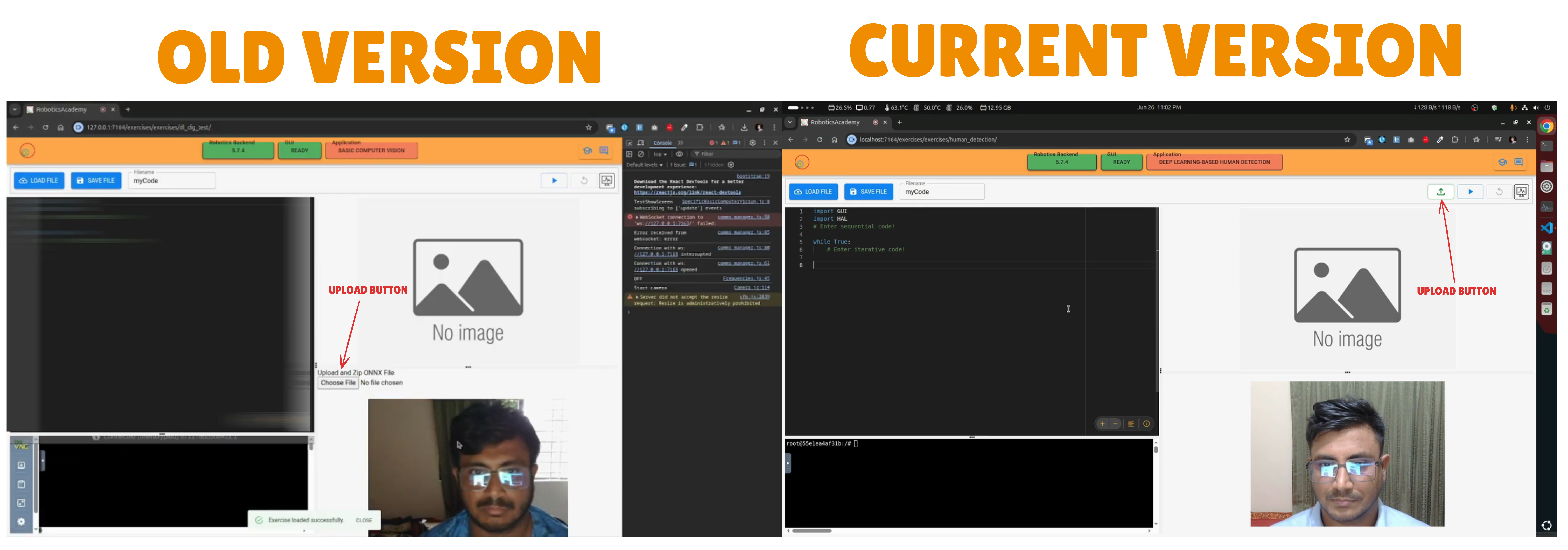Week 3: June 16 ~ June 22
Preliminaries
This week, I focused on creating issues and pull requests for deep learning exercises called Human Detection and Digit Classification that enable users to upload and run their developed models in real-time with a browser webcam.
This week, I began laying the groundwork for these exercises by setting up the necessary infrastructure, improving UI elements, and training the digit classification model with the MNIST dataset and exporting the model as an ONNX format.
Objectives
- Create issues and pull requests for human detection and digit classification exercises.
- Improve the user interface for the upload model button and filter according to the exercise name.
- Train a Simple Deep Learning Model
Execution
CREATE ISSUES AND PR's FOR DL EXERCISES
For the digit classification exercise, I documented the task in a GitHub issue, focusing on building a model to recognize handwritten digits. Then I created an issue to outline the task of building a human detection model, where the objective was to train a deep learning pipeline capable of identifying humans in images. Finally, I submitted pull requests for both exercises, corresponding to the issues created.
📝 Created Issues for Two New Exercises:
🔀 Submitted Pull Requests for the Exercises:
Relocate and Redesign Upload Button
The upload button in the interface was not intuitive in its previous position, so I worked on relocating it to a more user-friendly location and redesigned its appearance to align with the application’s UI/UX standards. This change enhances usability and improves workflow for users uploading models. I design the upload button code in such a way that we don't need to import it everywhere to enable the upload button. I developed a whitelist that requires you to add the exercise end URL to proceed.
 Old vs Current position of Upload
Button
Old vs Current position of Upload
Button
Training a Demo Digit Classification Model with PyTorch
To test the integration of deep learning models within the RoboticsAcademy, I trained a simple digit classifier using the MNIST dataset and PyTorch . This demo model serves as a proof of concept, ensuring that the training pipeline is functional and ready for adaptation to more complex tasks like human detection and visual control. I began learning and experimenting with deep learning while working on the simple deep learning model.
Enjoy Reading This Article?
Here are some more articles you might like to read next: